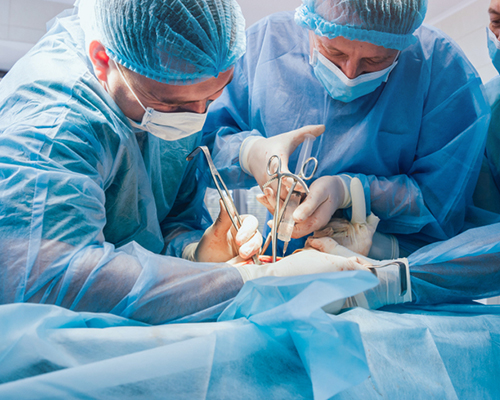Trauma Surgeries in Hyderabad
Orthopedic Trauma Surgeries in Hyderabad are critical procedures aimed at repairing and restoring function to the musculoskeletal system following injuries such as fractures, dislocations, and soft tissue damage. These surgeries often involve the use of internal fixation devices like plates, screws, or rods to stabilize broken bones, ensuring proper alignment during the healing process. Common procedures include open reduction and internal fixation (ORIF) for complex fractures, as well as arthroscopy for joint-related injuries. The choice of Trauma treatment in Kondapur depends on the severity and nature of the injury, the patient's age, activity level, and overall health. Effective orthopedic trauma management also entails preoperative assessments, intraoperative techniques, and postoperative rehabilitation to promote recovery. Due to advancements in technology and surgical techniques, outcomes have significantly improved, allowing for faster recovery times and better function. Specialized Emergency Trauma doctor in Kondapur often work in multidisciplinary teams, collaborating with emergency medicine, radiology, and rehabilitation specialists to provide comprehensive care. Postoperative care is crucial in monitoring for complications such as infections or delayed healing, and rehabilitation programs are tailored to help patients regain strength and mobility. Overall, orthopedic trauma surgeries by Trauma Specialist in Ameerpet play a vital role in returning individuals to their daily activities and improving their quality of life after traumatic injuries.

Types of Orthopaedic Trauma Surgeries by Best Ortho Doctor in Hyderabad:
- Open Reduction and Internal Fixation (ORIF): This involves surgically exposing the fracture site, realigning the bone fragments (reduction), and securing them with metal plates, screws, or rods.
- External Fixation: Involves placing pins or screws into the bone that are connected to a stabilizing frame outside the body, typically used for complex fractures or when soft tissue is compromised.
- Arthroscopy: A minimally invasive surgery using a small camera (arthroscope) to diagnose and treat joint injuries, including ligaments, cartilage, or meniscus repair, often in the knee or shoulder.
- Bone Grafting: Material is added to help heal fractures or fill bone defects, either using the patient's own bone (autograft), donor bone (allograft), or synthetic alternatives.
- Joint Replacement: Replacing damaged joints (like the hip or knee) by Dr. Ranganath Reddy with artificial implants to alleviate pain and restore function, often due to arthritis or severe trauma.

